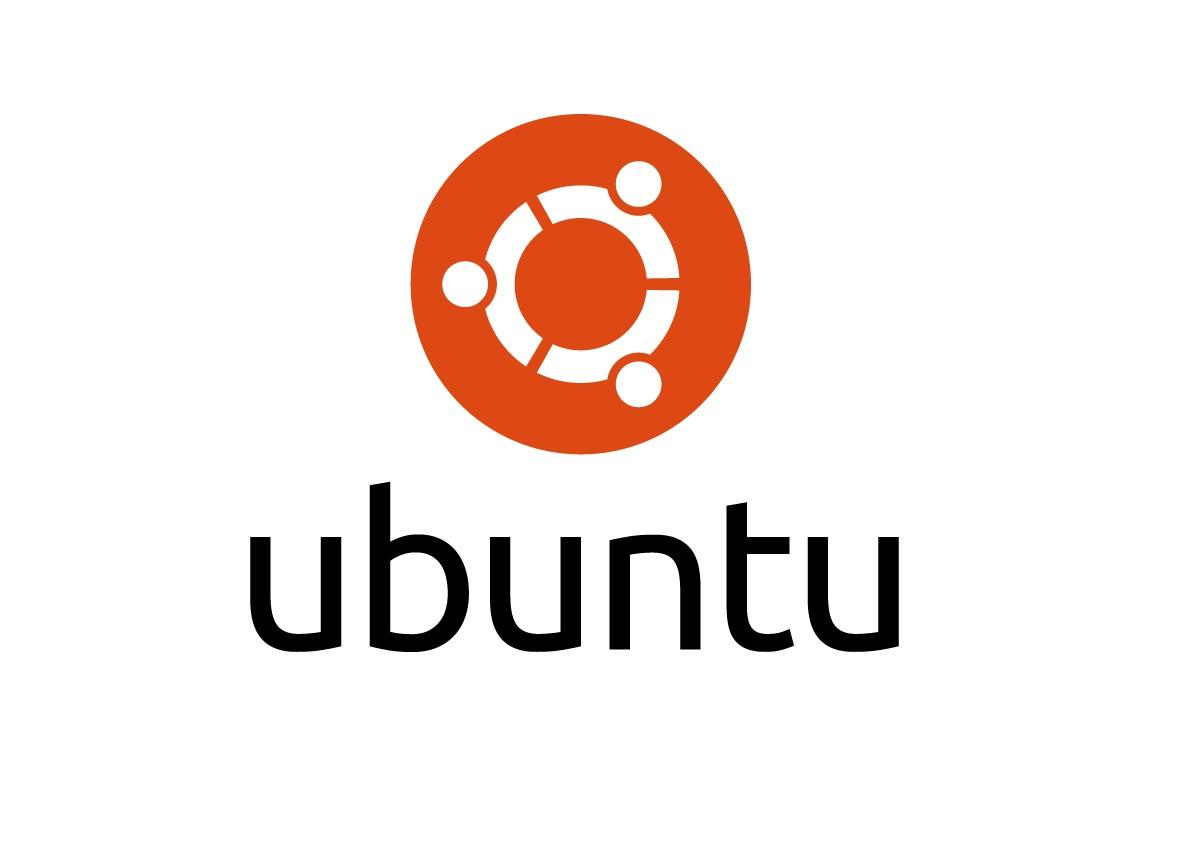Ubuntu is a household name in the world of open-source software, recognized for its stability, versatility, and strong community support. In this blog post, we’ll delve into the rich history, ongoing development, vibrant community, future prospects, and various use cases of Ubuntu. Additionally, we’ll provide a step-by-step guide on how to start using Ubuntu for those curious to venture into the world of Linux.
The History of Ubuntu
Ubuntu was conceived in 2004 by South African entrepreneur Mark Shuttleworth with the goal of creating a user-friendly Linux distribution that would be accessible to everyone. Derived from the African philosophy of Ubuntu, which translates to “humanity towards others,” the operating system aimed to embody the principles of openness, collaboration, and community.
The first version, Ubuntu 4.10, codenamed “Warty Warthog,” was released on October 20, 2004. Since then, Ubuntu has maintained a regular release cycle, with new versions coming out every six months, along with Long Term Support (LTS) releases every two years, providing stability and support for an extended period.
Development and Support
Ubuntu is developed openly and collaboratively, with contributions from developers around the world. Canonical Ltd., the company founded by Mark Shuttleworth to support Ubuntu’s development, provides professional support and services for both desktop and server users.
One of the key strengths of Ubuntu is its vast repository of software packages, encompassing thousands of applications across various categories. This extensive library, coupled with robust package management tools like APT (Advanced Package Tool), makes it easy to install, update, and manage software on Ubuntu systems.
The Ubuntu Community
At the heart of Ubuntu is its passionate and inclusive community, which spans developers, enthusiasts, contributors, and users from diverse backgrounds. The Ubuntu community is known for its welcoming atmosphere, where individuals come together to share knowledge, provide support, and collaborate on projects.
Community-driven initiatives such as Ubuntu Forums, Ask Ubuntu, and Ubuntu Wiki serve as valuable resources for troubleshooting, learning, and engaging with fellow Ubuntu users. Additionally, Ubuntu Global Jam events, Ubuntu Hours, and local user groups facilitate in-person interactions and foster a sense of camaraderie among community members.
Future Prospects
As Ubuntu continues to evolve, its future looks promising, with a strong emphasis on innovation, usability, and convergence. Canonical is actively exploring new frontiers such as cloud computing, Internet of Things (IoT), artificial intelligence, and edge computing, positioning Ubuntu as a versatile platform for a wide range of applications and devices.
Moreover, initiatives like Snap packaging and Ubuntu Core demonstrate a commitment to modernizing software distribution and enhancing security, scalability, and reliability across different environments.
Use Cases of Ubuntu
Ubuntu finds application across a myriad of use cases, catering to both personal and professional needs. It serves as a robust desktop operating system, offering a user-friendly interface, extensive software ecosystem, and regular updates. Ubuntu is favored by developers for its compatibility with popular development tools and frameworks, making it an ideal platform for coding, testing, and deploying applications.
On the server side, Ubuntu is a popular choice for hosting websites, running databases, managing cloud infrastructure, and powering enterprise-grade solutions. Its lightweight footprint, coupled with enterprise-grade support and security features, makes it a preferred option for businesses of all sizes.
How to Start Using Ubuntu
For those interested in exploring Ubuntu, getting started is straightforward:
- Download Ubuntu: Visit the official Ubuntu website (ubuntu.com) and download the latest version of Ubuntu Desktop or Ubuntu Server.
- Create Bootable Media: Use tools like Rufus (Windows) or balenaEtcher (Windows, macOS, Linux) to create a bootable USB drive or DVD from the downloaded ISO image.
- Install Ubuntu: Boot your computer from the bootable media and follow the on-screen instructions to install Ubuntu. You can choose to install it alongside your existing operating system or replace it entirely.
- Explore and Customize: Once installed, take some time to familiarize yourself with the Ubuntu desktop environment (GNOME) and explore the pre-installed applications. Customize your desktop to suit your preferences by adjusting themes, wallpapers, and system settings.
- Install Software: Use the Ubuntu Software Center or the command line (Terminal) to install additional software packages as per your requirements.
- Join the Community: Engage with the vibrant Ubuntu community by participating in forums, attending events, and contributing to projects.
By following these steps, you’ll be well on your way to experiencing the power and versatility of Ubuntu firsthand.
Conclusion
Ubuntu has come a long way since its inception, evolving into a mature and feature-rich Linux distribution with a global following. Its commitment to openness, collaboration, and user-centric design has solidified its position as one of the most popular operating systems in the world. Whether you’re a seasoned Linux user or a newcomer, Ubuntu offers an inviting ecosystem where you can unleash your creativity, explore new technologies, and connect with like-minded individuals.
